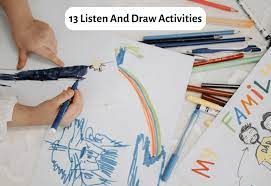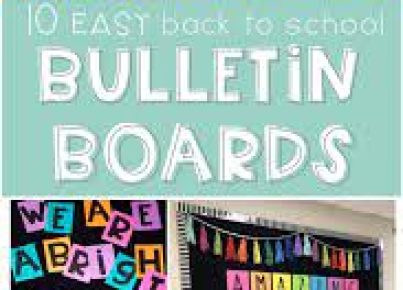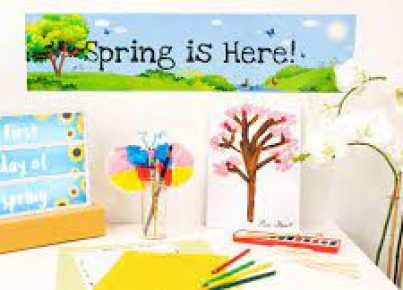Introduction:
Listen and Draw activities are a fantastic way to help students develop their listening and comprehension skills while having fun! These creative exercises encourage active listening, promote clear communication, and provide a hands-on approach to learning. Here are 13 engaging Listen and Draw activities that you can incorporate into your classroom or homeschooling routine.
1. Follow the Directions:
Provide students with a blank piece of paper and various art supplies. Read aloud a set of instructions for drawing a specific object or scene. The goal is for the students to listen carefully and follow the instructions precisely to draw what was described.
2. Mystery Drawing:
Show a simple image or artwork with multiple components to the class for a few seconds and then hide it. Ask the students to recreate the drawing from memory, relying on their listening skills as classmates describe what they saw.
3. Step-by-Step Process:
Select an object or activity that requires multiple steps to complete (e.g., making a sandwich). Describe each step aloud in detail without any visual aids, and have students draw each step as they listen.
4. Landscapes of Sound:
Play various nature sounds or recordings from different environments like forests, oceans, or urban areas. Ask students to imagine what this place looks like and draw their interpretation based on the sounds they hear.
5. The Superhero Creator:
As a class, brainstorm the features of different superheroes. Then the teacher can describe these superheroes in detail, and students will use their listening skills to draw them accurately.
6. Emotion Artwork:
Describe an emotion such as happiness, sadness, anger, or fear in detail without mentioning it by name. Based on your description, have students draw a scene that represents that emotion visually.
7. Music-Inspired Art:
Play a piece of instrumental music for your students while they imagine different scenes or visuals inspired by the music. Encourage them to draw their interpretations based on the sounds, tempo, and mood.
8. Shapes Collage:
Describe a collage using various geometric shapes and ask students to draw what they hear. For example, “a large circle with smaller triangles inside it” or “a square divided into four smaller squares.”
9. Partner Descriptions:
In pairs, one student will describe an object, person, or scene to another student who cannot see the reference image. The second student will listen and draw based on their partner’s description.
10. Animal Planet Challenge:
Select an animal and describe it without mentioning its name (e.g., habitat, diet, appearance). Students will listen and use these descriptions to draw what they think the animal is.
11. The Art of Abstract Expression:
Describe an abstract artwork by mentioning colors, lines, shapes, and textures without explaining the exact picture. Students will then draw their interpretation of your description.
12. Story Illustrations:
Read a short story or an excerpt from a book aloud while students listen carefully. Throughout the reading, stop at key moments and ask students to illustrate those scenes based on their understanding.
13. Invented Objects/Inventions:
Describe an invented object or creation that does not exist in reality. Students must use their listening skills and creativity to envisage and draw what they think the invention looks like.
Conclusion:
Listen and Draw activities are an effective way to develop communication skills while fostering creativity in your students. By implementing these fun and engaging exercises in your classroom or homeschooling routine, you’ll help students become better listeners and more confident communicators in various contexts!





